Fighting food waste globally
- Almost a third of all the fruit and vegetables grown around the world is wasted
- Cranfield developed a new technology for removing ethylene inside packaging
- This solution suppresses the ripening process, extending shelf-life, and reducing waste from food loss
- This innovative technology is now being used throughout the supply chain, among growers, distributors and retailers.

Almost a third of all the fruit and vegetables grown around the world is wasted according to the United Nations’ Food and Agricultural Organisation.
With rising food costs, there is an urgent need to find new ways to protect and extend the postharvest life of fresh produce. In the UK alone, post-farm food waste each year is estimated to be 10.2 million tonnes, associated with more than 22 million tonnes of greenhouse gas emissions.
Working with industry partner It’s Fresh Ltd, Cranfield developed a new technology for removing ethylene, the fruit-ripening hormone, inside packaging — suppressing the ripening process, extending shelf-life, and reducing waste (typically by 40-50%).
The technology is now being used throughout the supply chain, among growers, distributors and retailers.
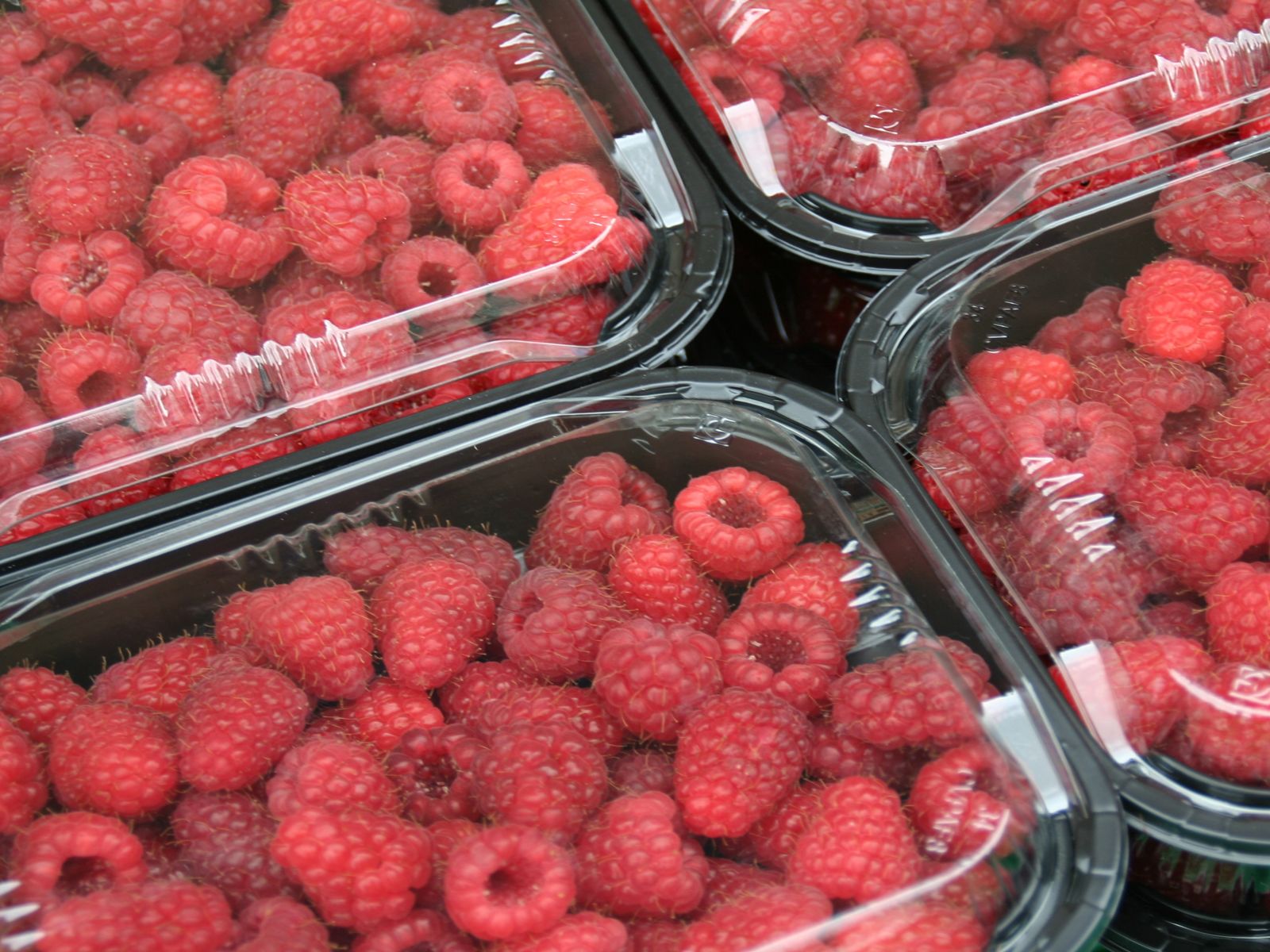
Fruits of research
Alongside sustainable technologies company Johnson Matthey, Cranfield researchers explored new materials with the most effective and practical potential for adsorbing ethylene.
Initial research looked at how particular types of clay, augmented by the element palladium (one of the platinum group of metals), compared with the standard material used for adsorbing ethylene, potassium permanganate. When the new powder was used in small amounts and humid conditions its performance was found to be 60 times more ‘active’ than the previous option.
Different kinds of formats for the active material were tested, to see what would work best within fresh produce packaging (as a raw powder, coated sheets and printed labels), as well as with different types of food (like bananas and avocados). Studies confirmed how the new technology, known as E+™, reduced respiration (the breakdown of sugar into carbon dioxide, water and heat), maintained firmness and helped produce to keep its colour and flavour. Unlike other approaches to inhibiting ripening, E+™ did not prevent fruit from ripening normally when it was removed from packaging.
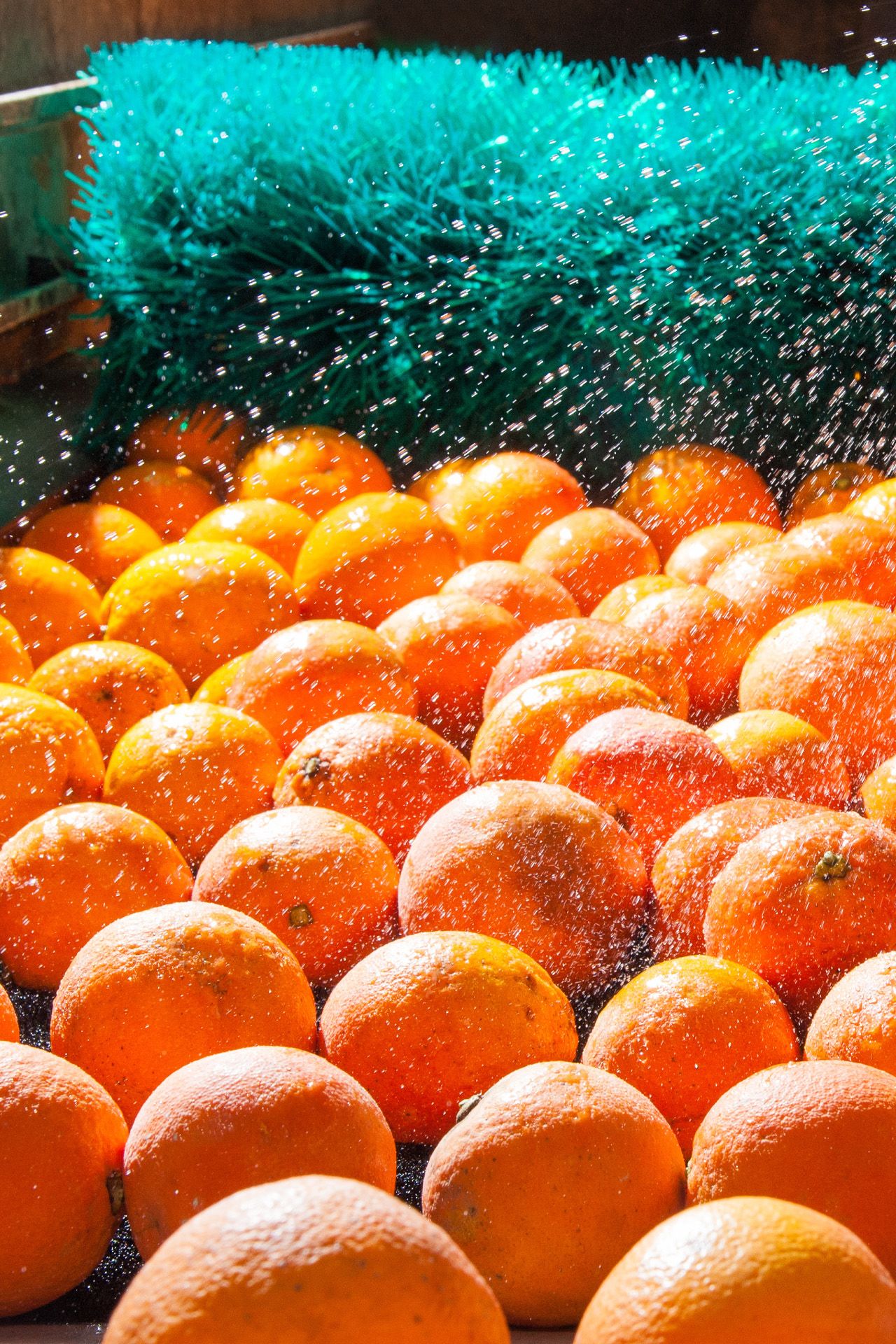
When the new E+™ powder was used in small amounts and humid conditions its performance was found to be 60 times more ‘active’ than the previous option.

The benefits of disruption
Innovation has been needed to disrupt traditional food supply chains and extend post harvest life, helping to meet the United Nations Sustainable Development Goal12.3 which aims to halve food loss and waste by 2030.
Commercialisation was rapid, taking place within five years of the original research findings. Johnson Matthey commissioned new production facilities; It’s Fresh formulated the raw material into a wafer-thin membrane and went on to develop additional formats for E+™: ‘Transit Sheets’ that remove the need for controlled atmosphere shipping as well as pads and labels with the active material printed onto them.
In this way the research is playing a real part in tackling the global food waste issue:
• an investment of £7.63 million from US company Agrofresh is accelerating the global availability and take-up of the technology;
• products using E+™ are now sold across leading supermarket chains in the UK (M&S, Waitrose, Sainsbury’s, Co-op, Tesco and Morrison’s); in Europe (Carrefour); and the USA (CostCo and Walmart); and is being used across a range of fresh produce in North and South America, Europe, Africa, and Australasia;
• the work has been used as an exemplar case study in the UKRI National Plant Science Strategy 2021.

Products using E+™ are now sold across leading supermarket chains in the UK (M&S, Waitrose, Sainsbury’s, Co-op, Tesco and Morrison’s); in Europe (Carrefour); and the USA (CostCo and Walmart).
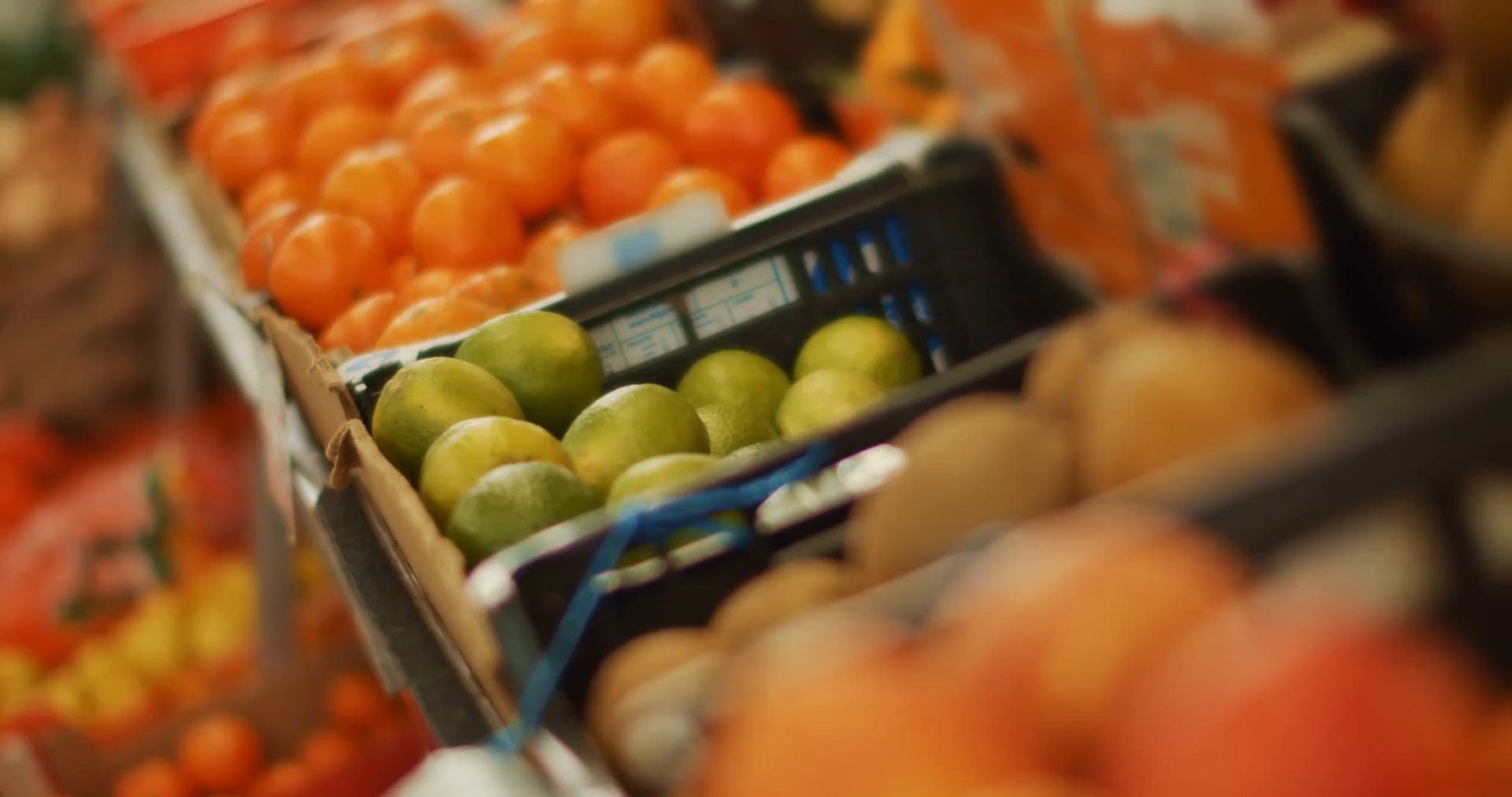
This research was developed in the Plant Science Laboratory at Cranfield University, which is one of the largest and best-equipped postharvest research groups worldwide. We aim to reduce food loss and waste worldwide and lead the Business Facing Unit Food Loss and Waste.
We work towards making a positive impact both nationally, co-leading the Horticultural Quality and Food Loss Network, and internationally, bringing food systems expertise to initiatives such as Africa Centre of Excellence for Sustainable Cooling and Cold Chain project, which develops and accelerates sustainable cold chain solutions for food loss reduction and vaccine distribution.
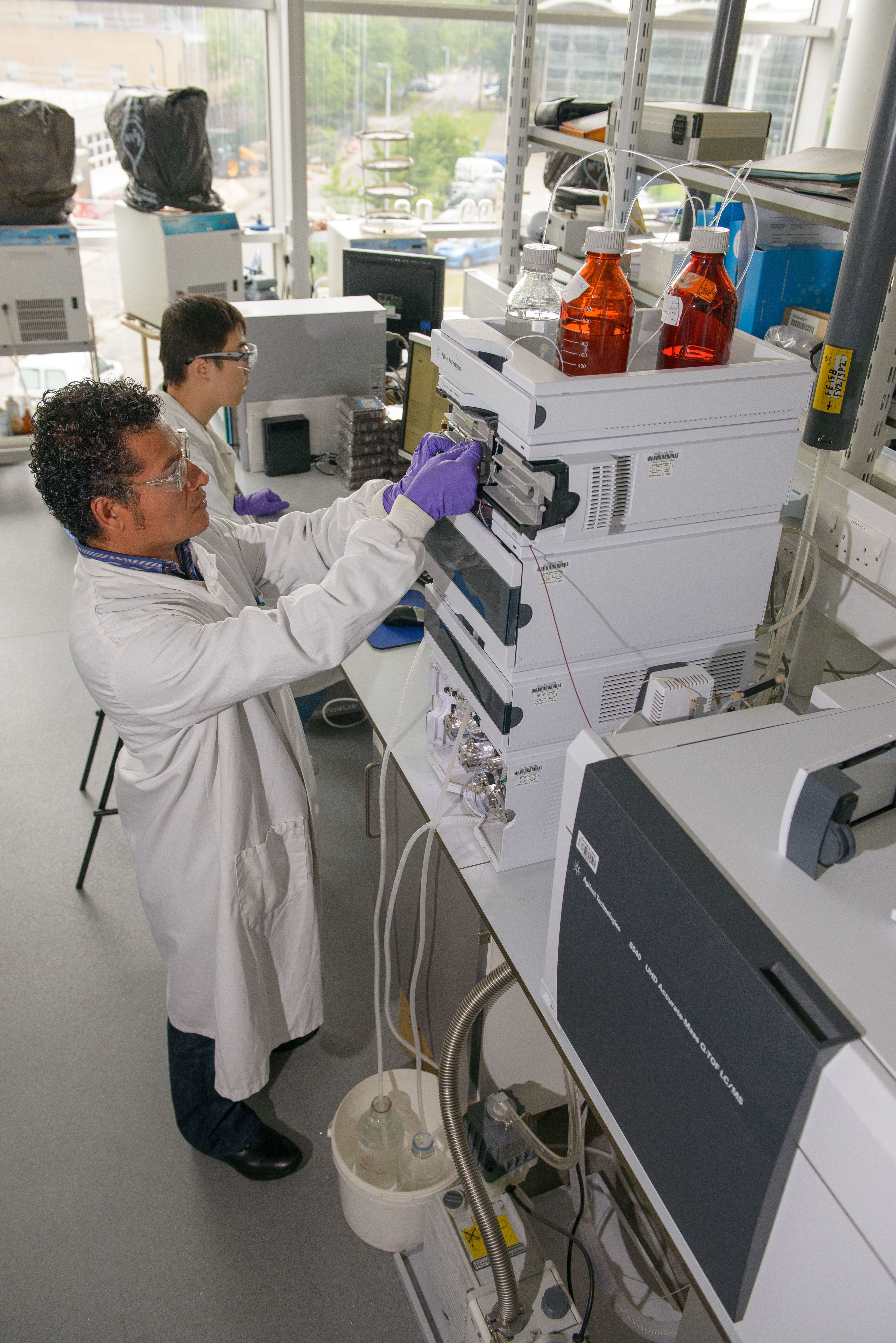
Environment and Agrifood
For more than 50 years, we have contributed to enhancing natural capital and ensuring that global food systems are more resilient for the future.
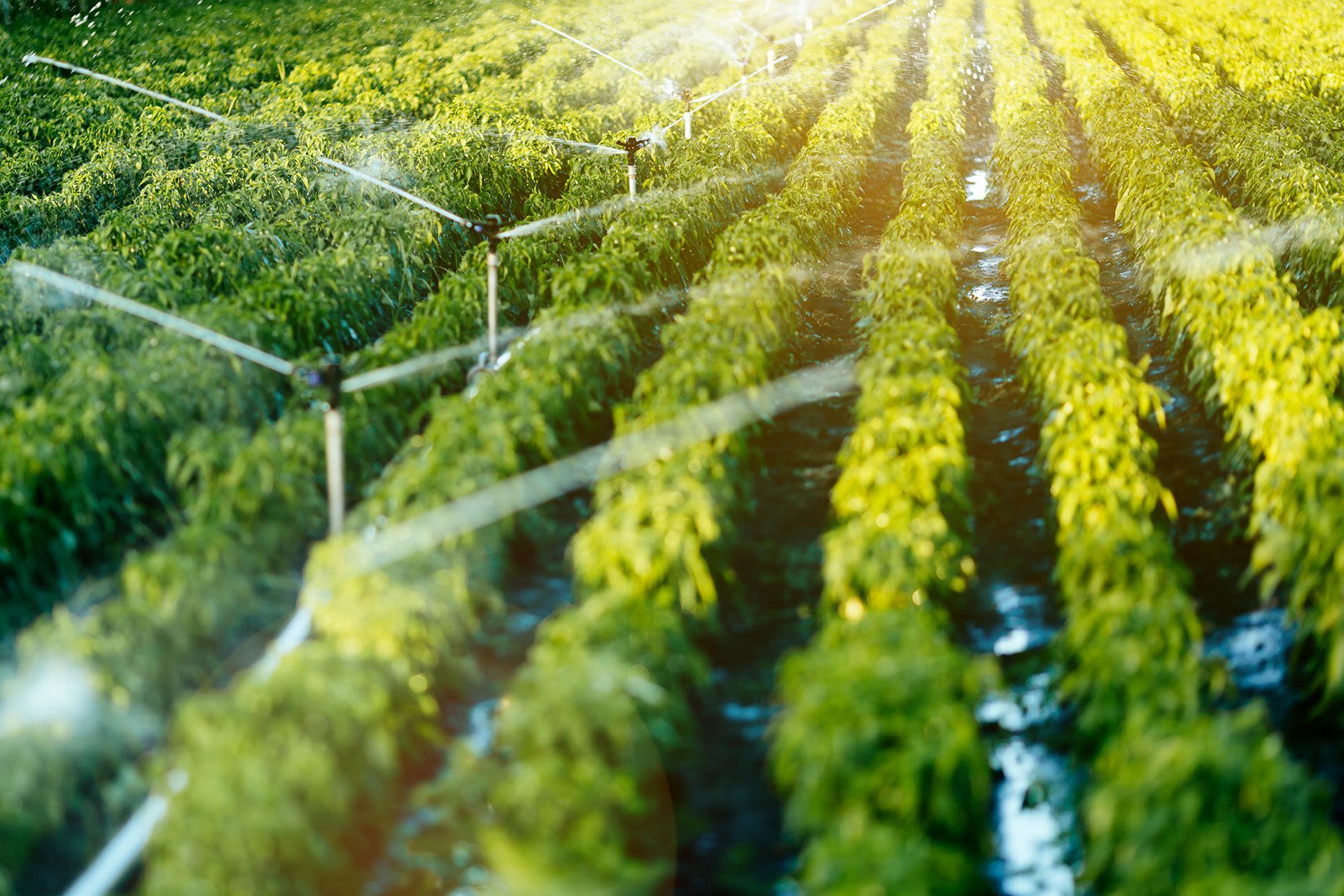
Cookies & Privacy
We use cookies when you visit this website to analyse the web traffic, to optimise the performance and content of the website and to promote trust and security. Cookies are small text files that are stored by your Internet browser on your computer. These cookies do not include any personal information, they are only used for the duration of your web session to improve your experience. Please visit our Privacy policy (link below) for data processing details.
